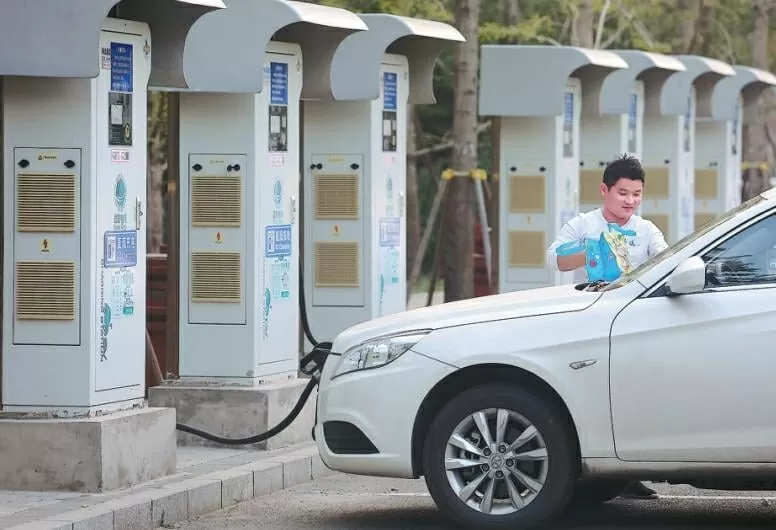 |
| A driver is charging his car at a charging station in Beijing, China. (Source: UPI) |
From restricting gasoline-powered vehicles in Hanoi's inner city to encouraging businesses to develop electric motorcycles, Vietnam is entering a period of drastic transformation in green transportation. Like any major reform, the path needs to be shaped by reason and empathy, so that each green step is firmly rooted in reality and the will of the people.
A turning point that cannot be delayed.
Air pollution has become a "silent enemy" in major cities. According to data from the Ministry of Natural Resources and Environment , transportation, especially old motorcycles, accounts for more than 70% of urban air pollution emissions. In this context, the government's direction to shift towards electric vehicles is a strategic step, not only to clean up the air but also to fulfill international commitments to achieve net-zero emissions by 2050.
According to Reuters (October 2025), Vietnam is one of the world's largest motorcycle markets with over 70 million units in circulation. Therefore, the impact of the policy to transition to electric vehicles will not be limited to the transportation sector but will also spread to socio- economic life, supply chains, and even people's awareness of a green future.
Moreover, this is a time for no delay. Every summer, Vietnam's major cities record record-high temperatures, dust levels exceeding safe limits, and smoky days that force many people to wear masks even while walking in parks. The increase in respiratory and cardiovascular diseases, along with the enormous medical costs caused by pollution, is sounding an alarm. Without immediate action, the environmental and public health losses will far outweigh the cost of today's transition. It is in this context that electric vehicles are not just a technological choice, but the "choice of the times."
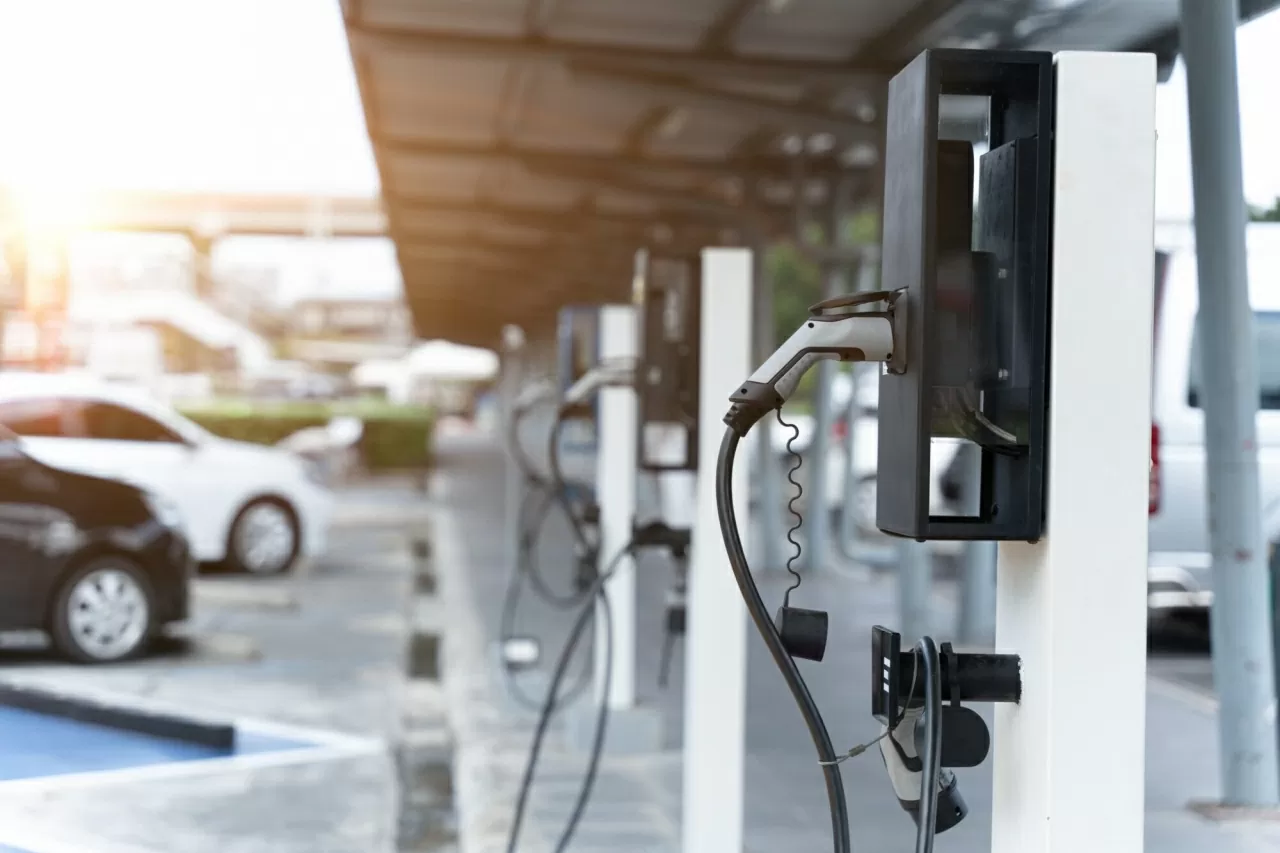 |
| Investment in charging infrastructure is also accelerating, reflecting the commitment of countries, including Vietnam, to global sustainable development goals such as those outlined in COP29. (Source: VnEconomy) |
From environment to energy security
Notably, the Vietnamese government's vision goes beyond simply "replacing gasoline with electricity," encompassing a systemic transformation. Electrification of transportation is seen as a cornerstone of the new industrialization strategy: reducing fuel imports, boosting the battery and component manufacturing industry, creating green jobs, and establishing a domestic clean energy supply chain.
Furthermore, this orientation reflects the national responsibility in responding to climate change – as Vietnam is among the top 10 countries most severely affected by rising sea levels and extreme weather events. Each electric vehicle is not just a means of transportation, but also a commitment from a nation choosing the path of sustainable development.
However, like any structural change, this policy has not been without its share of reactions. Low-income workers worry that electric vehicles remain more expensive than conventional gasoline-powered cars; delivery drivers are concerned about battery durability and charging times; while energy experts warn of pressure on the power grid and the risk of secondary pollution if discarded batteries are not properly disposed of.
The policy of restricting gasoline-powered vehicles in Hanoi has sparked heated debate, highlighting the fine line between green ideals and real-life realities. These reactions, upon closer examination, are not simply opposition to the transition, but rather the voices of those who want to participate in this revolution, not be left behind.
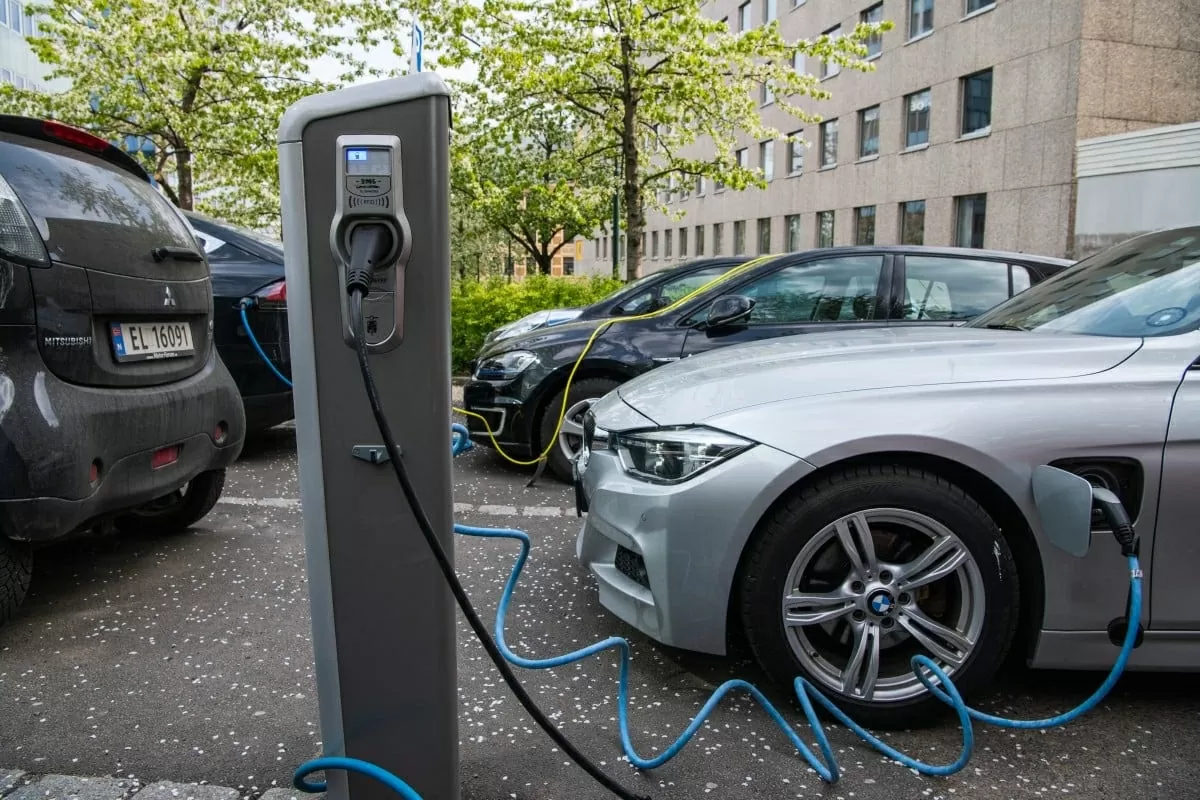 |
| Charging stations are ubiquitous in Norway. (Source: DPA) |
Transformation requires a “human delay.”
Once a nation rich in oil, Norway is now a leader in abandoning gasoline engines. According to Reuters on January 2nd, almost 100% of new cars sold in Norway in 2024 will be electric vehicles.
This miracle didn't come from sudden bans, but from a comprehensive incentive system such as VAT exemptions, reduced road tolls, free parking, and priority lanes. The government didn't force it, but encouraged people to choose electric vehicles voluntarily because they found them more advantageous, cheaper, and more convenient.
That is the "human lag" in policy, meaning having enough time and tools for society to adapt naturally, rather than being forced. The Norwegian story shows that what matters is not speed, but consistency and people's belief in a green future.
Meanwhile, China chose a different path, simultaneously banning and encouraging electric vehicles. Since the early 2010s, many major cities like Shanghai and Shenzhen have restricted gasoline-powered motorcycles in their central areas while investing heavily in the production of electric vehicles and lithium batteries. According to The Guardian (2024), in just over a decade, China has become a global electric vehicle powerhouse, accounting for over 60% of total global electric vehicle sales.
The lesson here is that, once the industry is strong enough and charging infrastructure is widespread, the transition will be natural. People choose electric vehicles not because they are forced to, but because it is the best option.
Compared to the two models above, Vietnam is in the "starting and learning" phase. We have the advantage of gradually changing social awareness, domestic businesses like VinFast and Dat Bike ready to lead, and a policy framework that has been developed relatively quickly in recent years. However, bottlenecks remain such as vehicle prices, charging stations, waste battery disposal, and especially financial support policies for vulnerable groups.
According to a report by ETP (Energy Transition Partnership) on July 12th, Vietnam needs to develop both charging infrastructure and a battery recycling chain simultaneously if it wants a truly sustainable transition. This is because an electric vehicle cannot be considered "green" if its energy comes from coal or if its batteries are discarded without proper processing.
Turn challenges into opportunities.
If implemented properly, this transformation policy could give a strong boost to the economy. New value chains will be formed: battery production, components, charging stations, logistics, after-sales service, recycling, etc. From there, green jobs and clean technology will become the industries of the future. Conversely, if implemented hastily, without coordination and without sharing information with the public, the policy could create a negative reaction.
The answer, therefore, lies not in speed, but in consensus. Every citizen needs to see the real benefits for themselves: less air pollution, lower operating costs, and a healthier living environment for their children.
Looking back, every major transformation in history has begun with skepticism. Electric vehicles are no exception. But in the context of drastically changing global climate, from storms and floods to droughts and record-breaking heatwaves, the question is no longer "should we transform?", but rather "how to transform so that no one is left behind."
Ultimately, the green transition is not just about changing fuels, but about changing how we look at the future. And if Vietnam can achieve this harmoniously, balancing ideals and reality, growth and equity, then this green path will not only lead to a cleaner environment, but also to a more civilized and humane society.
Source: https://baoquocte.vn/chuyen-doi-xanh-tu-xe-may-xang-sang-xe-dien-de-viet-nam-buoc-vao-cuoc-cach-mang-giao-thong-ben-vung-331438.html








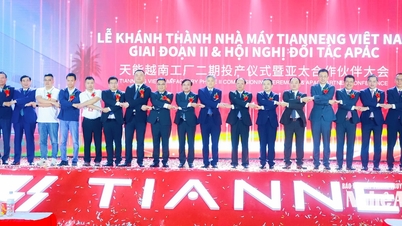

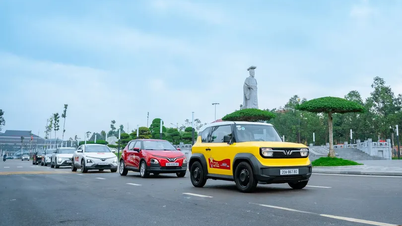

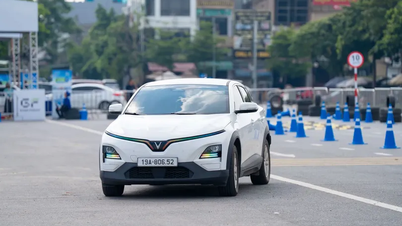
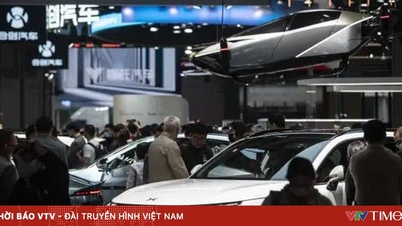

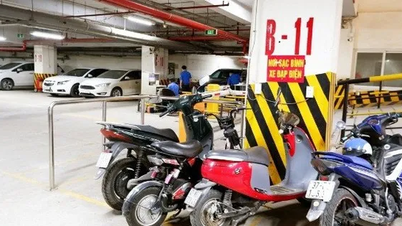






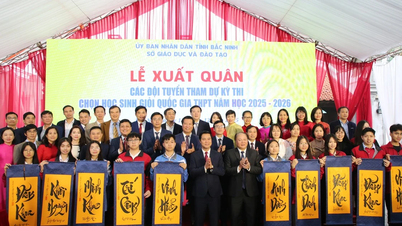







































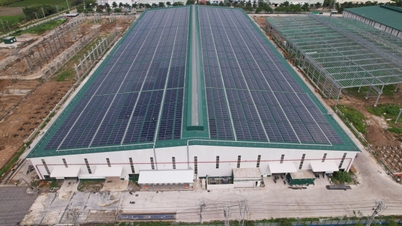










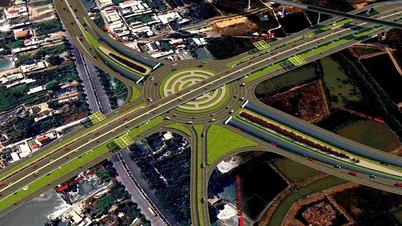













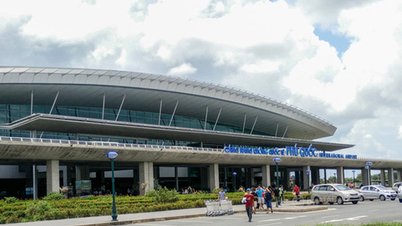
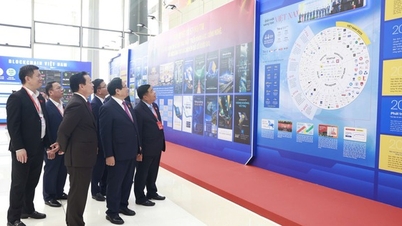























Comment (0)